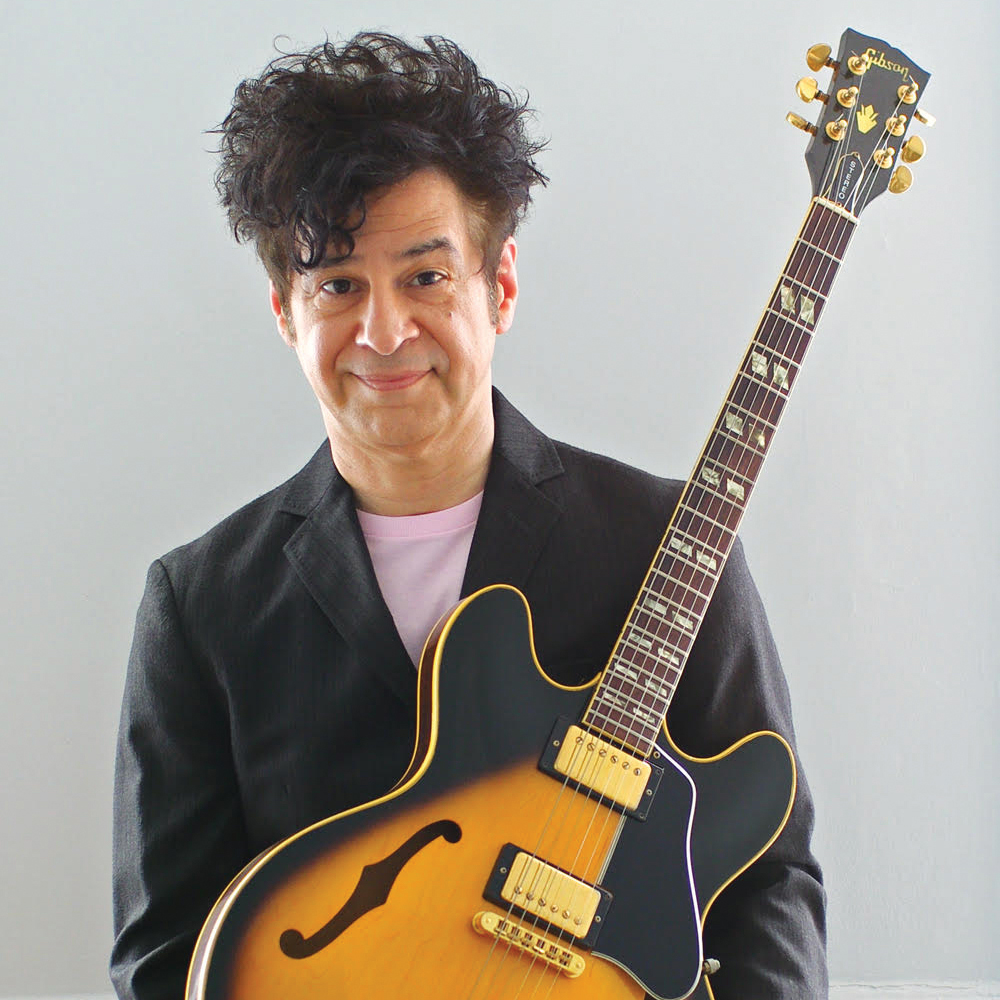Are We All Tuning Our Guitars Wrong?

We’ve all suffered the frustrations of getting our guitars to play in tune along the length of the neck.
Sometimes it seems that even a guitar that is properly set up will sound out of tune depending on such factors as where you’re playing on the fretboard, how hard you hit the strings, whether you’re using a capo and so on.
The difficulties of achieving tuning perfection led Paul Davids to wonder “Are we all tuning our guitars wrong?”
Paul discovered a video from James Taylor where the folk guitarist reveals a unique tuning method he created to address some of the tuning conflicts inherent in the guitar’s design. The thinking behind Taylor’s method is that hitting the strings harder causes them to vibrate sharp, so we actually need to tune the guitar slightly flat to compensate for this. The low strings have a greater tendency to sound sharp when played hard, so they need to be flatter relatively speaking. In addition, the B string, should be flatter relative to A440 than the high E and G.
Using Taylor’s method, each strings would be tuned several cents flat of A440 as such:
low E: -12 cents
A: -10
D: -8
G: -4
B: -6
E: -3
In this video, Paul presents several songs performed on guitars in standard tuning and using Taylor’s method. See if one method sounds more in tune to you than the other. Better still, try this yourself and see how it works for you.
We’ve included Taylor’s original video below for reference.
Get The Pick Newsletter
All the latest guitar news, interviews, lessons, reviews, deals and more, direct to your inbox!
Christopher Scapelliti is editor-in-chief of Guitar Player magazine, the world’s longest-running guitar magazine, founded in 1967. In his extensive career, he has authored in-depth interviews with such guitarists as Pete Townshend, Slash, Billy Corgan, Jack White, Elvis Costello and Todd Rundgren, and audio professionals including Beatles engineers Geoff Emerick and Ken Scott. He is the co-author of Guitar Aficionado: The Collections: The Most Famous, Rare, and Valuable Guitars in the World, a founding editor of Guitar Aficionado magazine, and a former editor with Guitar World, Guitar for the Practicing Musician and Maximum Guitar. Apart from guitars, he maintains a collection of more than 30 vintage analog synthesizers.
“There are so many sounds to be discovered when you get away from using a pick”: Jared James Nichols shows you how to add “snap, crackle and pop” to your playing with banjo rolls and string snaps
Don't let chord inversions bamboozle you. It's simply the case of shuffling the notes around









![Joe Bonamassa [left] wears a deep blue suit and polka-dotted shirt and plays his green refin Strat; the late Irish blues legend Rory Gallagher [right] screams and inflicts some punishment on his heavily worn number one Stratocaster.](https://cdn.mos.cms.futurecdn.net/cw28h7UBcTVfTLs7p7eiLe.jpg)


